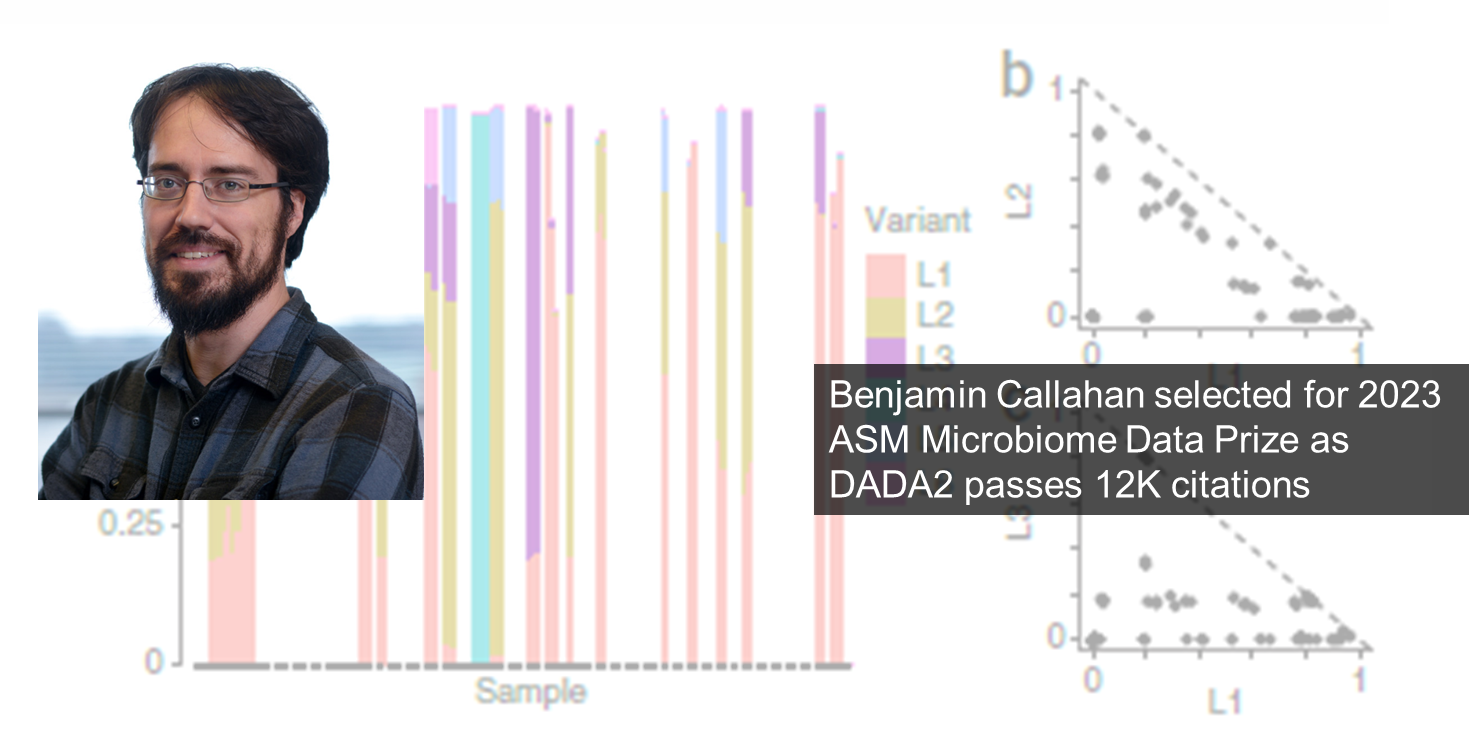2023-24 Provost’s Faculty Fellows Announced
The Office of the Executive Vice Chancellor and Provost and the Office for Faculty Excellence have announced the 2023-24 class of Provost’s Faculty Fellows.
The Provost’s Faculty Fellows Program supports talented faculty in the exploration of academic leadership roles at the university’s highest levels. Current NC State faculty interested in learning more about academic affairs administration can hone their skills as faculty leaders through working closely with Provost’s Office staff on projects that are meaningful to them and the university.
The home departments of the faculty members selected as Faculty Fellows will be provided with 25 percent salary release funds to cover the time commitment required for participation. Fellowships are for a full academic year.
The 2023-24 Faculty Fellows program will be split into two tracks this year, with the Provost’s Office working in conjunction with the Office for Faculty Excellence, the Office of Global Engagement and the Shelton Leadership Center. Fellows will work in teams of three (University Leadership Track) or with the Office of Global Engagement staff and representatives of partner institutions (Global Leadership Track) to address an assigned theme or issue relating to higher education leadership. All fellows will participate in a cohort-based, academic-year-long training program structured around strategy, leadership and cultural competence.
This year’s class of fellows includes:

- Yi-Hui Zhou
- Associate Professor, Department of Biological Sciences; Associate Director of Outreach, Bioinformatics Research Center
- University Leadership Track
2022-23 University Faculty Scholars Named
NC State’s 2022-23 class of University Faculty Scholars was announced today. These 22 early- and mid-career faculty receive this designation in recognition of their outstanding academic achievements and contributions to NC State through their teaching, scholarship and service to the university and beyond.
Since the program’s inception in 2012, 236 faculty have been named University Faculty Scholars. These faculty members carry the title for the duration of their faculty appointment at NC State and receive an increase to their base salary.
Each college may submit nominations for assistant professors appointed for a second term, associate professors and professors within the first three years of their appointment. Senior faculty then review nominations, evaluating them on research and scholarship productivity, excellence in teaching and mentoring, and leadership in extension, professional societies and public service initiatives.
This year’s class of University Faculty Scholars includes:

- Benjamin Callahan, associate professor of population health and pathobiology









